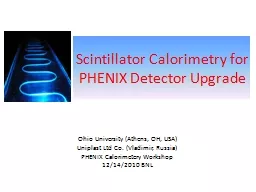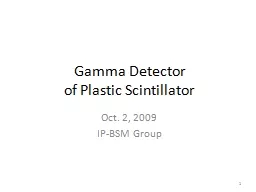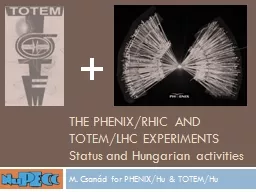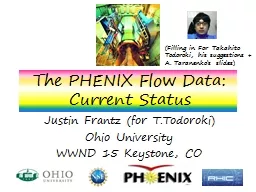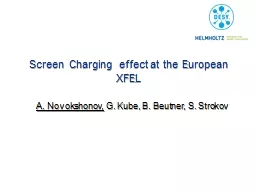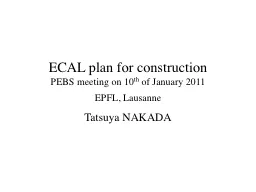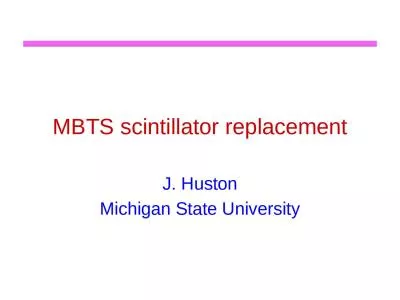PPT-Scintillator Calorimetry for PHENIX Detector Upgrade
Author : olivia-moreira | Published Date : 2016-07-08
Ohio University Athens OH USA Uniplast Ltd Co Vladimir Russia PHENIX Calorimetery Workshop 12142010 BNL Main Idea We have done some preliminary calculationsconsiderations
Presentation Embed Code
Download Presentation
Download Presentation The PPT/PDF document "Scintillator Calorimetry for PHENIX Dete..." is the property of its rightful owner. Permission is granted to download and print the materials on this website for personal, non-commercial use only, and to display it on your personal computer provided you do not modify the materials and that you retain all copyright notices contained in the materials. By downloading content from our website, you accept the terms of this agreement.
Scintillator Calorimetry for PHENIX Detector Upgrade: Transcript
Download Rules Of Document
"Scintillator Calorimetry for PHENIX Detector Upgrade"The content belongs to its owner. You may download and print it for personal use, without modification, and keep all copyright notices. By downloading, you agree to these terms.
Related Documents

